The Industrial Revolution had many impacts on the social fabric of England during the Victorian era. Ingenuity in the form of machines, mass production, and the factory system improved how people lived life in the upper classes.
However, the lower and working-class lives actually got worse. Abject poverty and a lack of personal opportunity to change one’s fortunes helped to create some of the most oppressive and dangerous living and working conditions that had ever existed in England.
Victorian England was packed to the brim with dangerous jobs that were often the only opportunities for the poor and working class.
For those struggling to find food to eat, the safety or lack thereof of any job was not a consideration that they could afford to contemplate. Work was work, and you took it if it was offered.
Chimney Sweep
Child labor was common in England during the Victorian period. However, jobs like chimney sweeping were best suited to those of tiny stature, making it a job only little children could undertake.
The standard chimney flue would narrow to a square of about nine feet on each side during this period. Small children were the only sweeps that could fit into this little space to clean out soot and debris to keep the fireplace in working order.
It was not uncommon for chimney sweeps to be stuck in or burned by the hot surfaces inside the chimney while they worked.
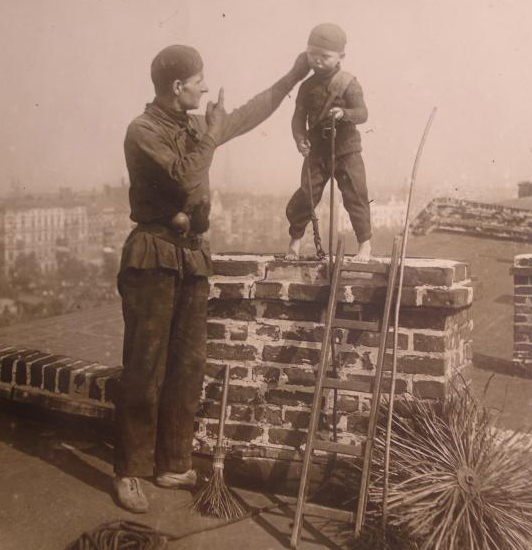
Worse still, exposure to smoke and chemicals within the chimneys often led to lung conditions. Chimney sweep boys were also prone to blindness due to ash getting in their eyes and cancer of the lower limbs and genitals due to exposure to chemicals that were rubbed into their bodies as they crabbed up and down the chimney as they worked.
Starvation made these children stunted enough that some could continue in this profession into their later teen years. But unfortunately, most chimney sweeps never managed to reach adulthood due to the perils of their tasks and lung damage.
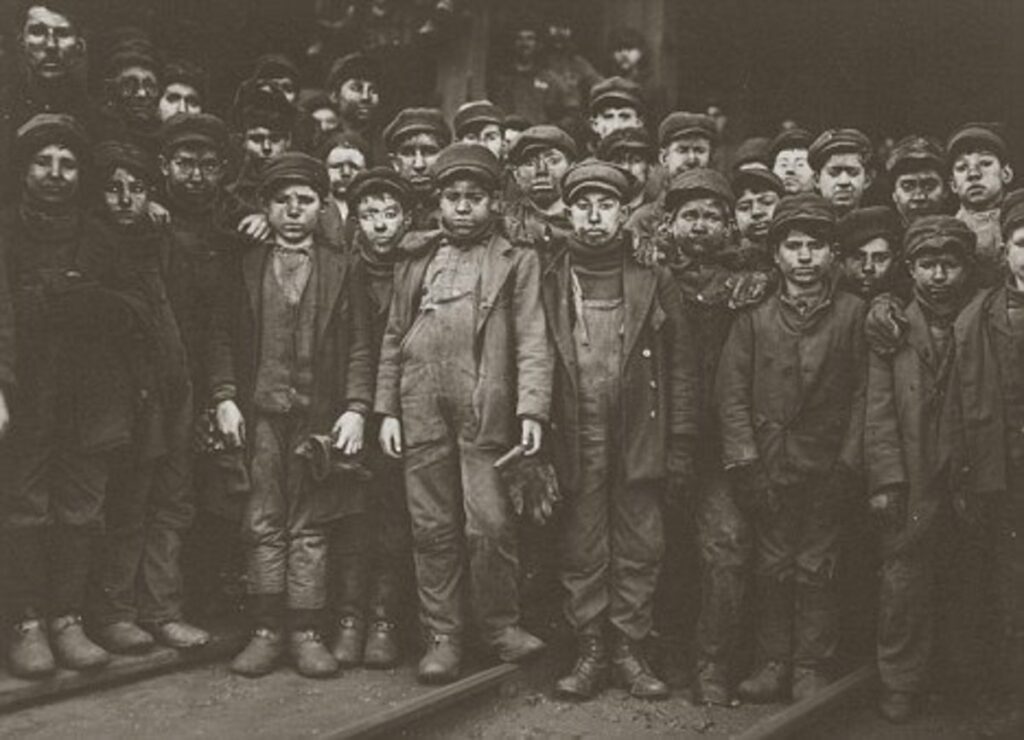
Prostitution
The world’s “oldest trade” has always been connected with a lack of safety, which was no different in Victorian England. The situation was made worse for ladies of the night since Victorian society was quite prim and looked very harshly on any sexual indiscretion.
One need only think of the horror of Jack the Ripper to understand how tenuous the safety of prostitutes was in this era. Between poorly-lit streets and the risk of infection, disease, and unsafe abortions, prostitutes lived short, risky, often frightening lives in Victorian England.
There was the rare prostitute that might be taken up by a wealthy patron and installed at a residence away from the poorest parts of the city, but these relationships were fragile and could end at any time.
The step from factory worker, seamstress, or servant to a prostitute was not a long one, and those cast out of their jobs often found themselves working on the streets to find a meager meal from time to time.
Working-class women were unlikely to marry, and age and injury, and infirmity caused by years of factory work often led to them ending up working for brothels.
Rat Catcher
Victorian England, and huge cities like London, were teeming with rats. These unwelcome pests moved into the city due to the heaping mounds of refuge in the poorer parts of the city, and they carried diseases and the risk of bites.
Cholera and other diseases impacted everyone, even the rich, so someone had to clean up the rats.
Rat catchers often caught rats by hand. They would perfume their hands with oils that attracted the rats and let the creatures come up to them in haystacks or other locations where vermin prefer to nest. The rat would then be grabbed and stuffed into a bag to be drowned or otherwise pummeled.
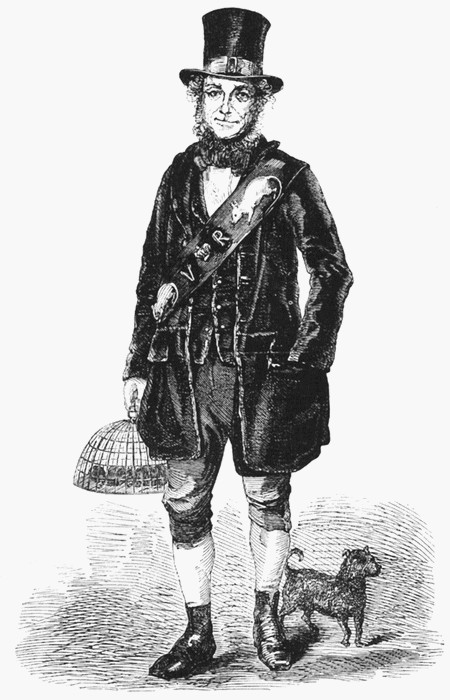
As rats were full of diseases and inclined to bite, ratcatchers almost always contracted the diseases that others in the city were trying to avoid.
Rat catchers could be of any age but were commonly children who did not have any place to live or any family to care for them. As with chimney sweeps, these children often lived on the streets and barely earned enough money to get by.
Some entrepreneurial rat catchers made their own poisons to sell to wealthier customers. They might market these trade secrets on the streets, proving their efficacy by demonstrating them on rats in cages.
However, this was not the norm, and many children and impoverished people answered to those who had hired them to exterminate rats, making meager sums of money for their daily efforts.
The Workhouse
If you were truly poor and desperate or very young, you likely ended up working in a workhouse in Victorian England.
These places, such as the Bolton Poor Law Union workhouse, had existed before the Industrial Revolution. Still, they grew ever more crowded during the Victorian era as machines replaced formerly skilled workers.
The idea of the workhouse was that these locations would provide housing and work to those who had no means to support themselves.
When the Victorian Poor Law system was put in place, these locations became essentially like prisons for those without recourse to find employment.
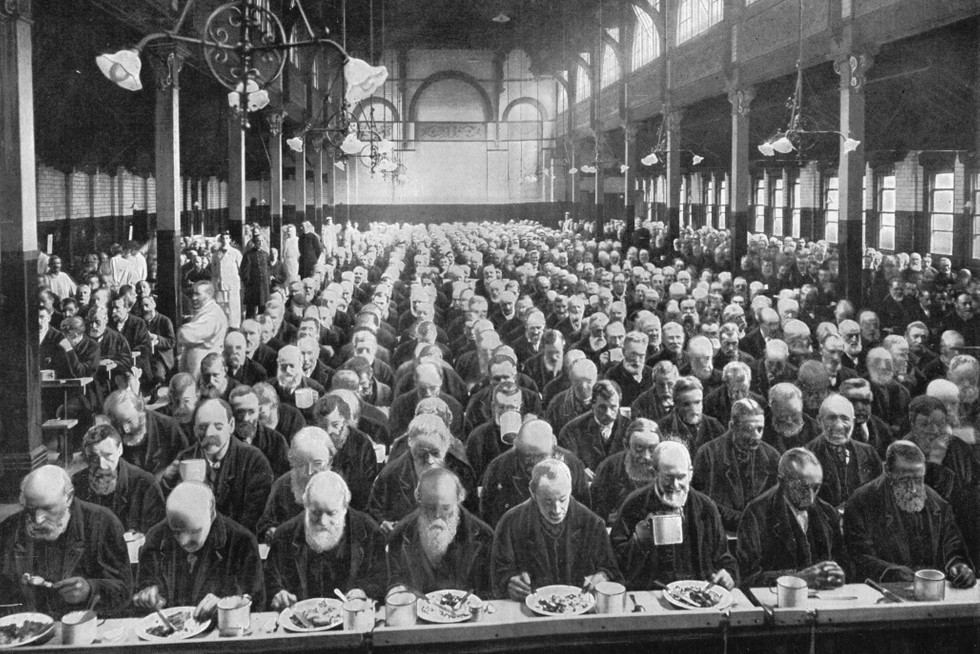
The prevailing belief among the rich was that those who ended up in the workhouse were unwilling to work elsewhere. The reality was that the people who ended up in the workhouse were so poor and sick that they simply could not find work anywhere else.
Workhouses used assembly line systems to produce goods and offered each resident a dirty cot in a boardinghouse. Children and adults slaved side by side under the specter of smallpox, measles, and perilous working conditions.
Families were often split up when they entered the workhouse, with husbands and children being sold by husbands and fathers to try and spare them worse living conditions outside of the workhouse.
The workhouse would not change in nature until the 1930s when the public outcry over the conditions at these places finally led to some reform.
Coal Mining
Coal mining was likely one of the most dangerous jobs in Victorian England, and it continues to be a risky job even today. Not only was this job hazardous, but it was also awful for your health.
Black lung and other miners’ diseases were unavoidable for those who toiled in the mines. Children and adults worked alongside one another in mines, in dank, airless tunnels under the constant threat of collapse.
Besides collapse, there were risks related to sudden flooding of the mining shafts, and some of the deeper shafts could also fill up with toxic gases.
Explosions were also quite common because methane gas is quite combustible and can easily catch fire and lead to an explosion. Even with ventilation technology improving during the Victorian period, a coal mine was a dangerous and volatile place to work.
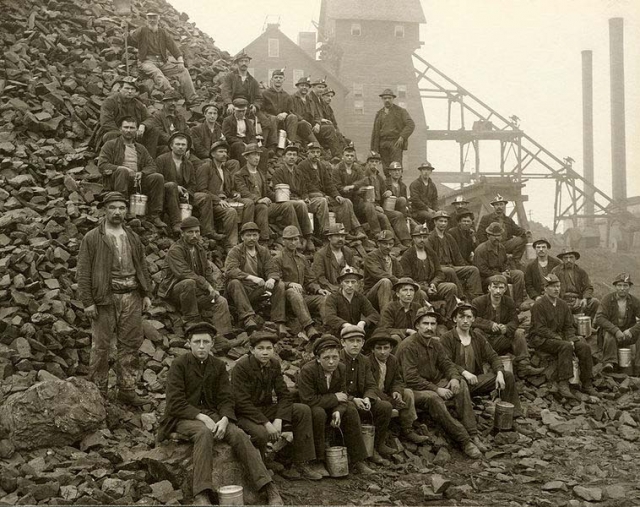
Disasters like the Great Avondale disaster in 1869 made it clear just how dangerous mining really was. As technology improved, mining did not become any less dangerous because the owners of mines could now access coal located even deeper in the earth.
Few professions were as dangerous as that of the miner, and many men and children lost their lives every week while toiling in the many coal mines located all over England.
Scavenging and Pure finding
Both scavenging and pure finding were dangerous jobs, but they were also very foul and unpleasant.
Scavengers and pure finders were often children who had no other way of obtaining money and food than to look for small bits of metal, toys, and other odds and ends to sell. Pure finders wandered the streets behind the dogs of the rich, collecting their refuse to sell to tanners for the tanning process.
Mudlarks and bone grubbers would comb through the streets and the Thames at low tide, looking for junk and bones to sell for money. Mudlarking still exists today, but it is done for fun.
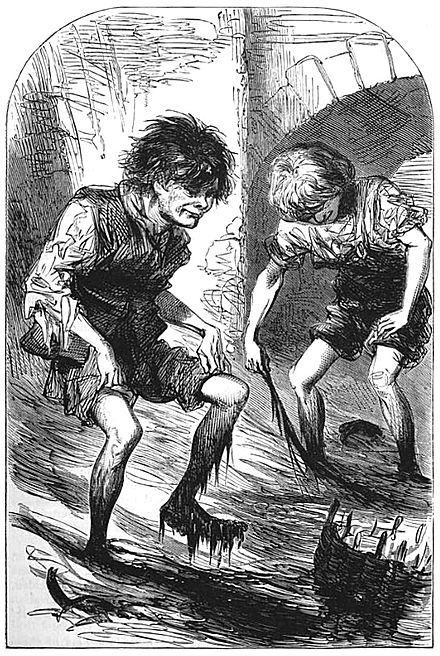
Toshers would wander the sewer system looking for odd bits of trash and things like coins that had washed into the sewers.
All of these jobs were risky for a variety of reasons. Diseases were rampant in the areas where scavengers collected their treasures. The sewers, the Thames, and the city streets were all equally likely to give you an illness that would almost certainly take your life.
In the case of those roaming the streets looking for dog offal, coins, or bones, it was quite simple to be run over by a carriage or, later, by a car.
Children and those living on the streets also clashed over territory and the junk they had collected from the river and the sewers. It was not uncommon to lose one’s life in a scrap over some coins or small items you might have found down by the river.
While scavenging might have spared some of the poor from ending up in the workhouse, it was not a happy way to live one’s life. Living on the streets in places like London was especially dangerous, and most of those scavenging for their daily bread did not live anywhere near a full lifespan.
Victorian England Was a Dangerous Place to Have a Job
There were plenty of jobs in Victorian England that were not excessively dangerous, such as being a maid or serving as a rector in a small hamlet away from London. However, for many thousands of poor people all across England, most of them children, there were no safe jobs for them to take.
Injury, disease, and starvation were the constant companions of the poor in England, whether employed or not. Coal miners, factory workers, and those confined to the workhouse all suffered equally.
On top of the dangers of work, these people would have been forced in most places to live in filthy, crowded boardinghouses, which bred disease and their own social dangers.
The rise of the Industrial Era had improved the lives of some, but it had made worse the situation for many people in England who were poor and who had depended upon farming and the former putting-out system to sustain them.
Crowded tightly into cities, these poor and starving people struggled to obtain employment and stay alive. Reform would not come to England until the late 1930s when the workhouse and various other institutions were finally forced to change their ways due in part to the rise of the worker’s unions.
Sources
Brain, Jessica. “Chimney Sweeps and Climbing Boys.” Historic UK, 7 Apr. 2021, https://www.historic-uk.com/CultureUK/History-Boy-Chimney-Sweep/#:~:text=The%20perils%20of%20the%20job,have%20found%20themselves%20completely%20stuck. Accessed 1 Feb. 2023.
Aiken, Diane. “Victorian Prostitution.” British Literature Wiki, https://sites.udel.edu/britlitwiki/victorian-prostitution/. Accessed 1 Feb. 2023.
Lavelle, Danny. “The 7 Worst Jobs in Victorian England.” Londonist, 8 Nov. 20019, https://londonist.com/london/the-worst-jobs-in-victorian-london. Accessed 1 Feb. 2023.
Brain, Jessica. “The Victorian Workhouse.” Historic UK, https://www.historic-uk.com/HistoryUK/HistoryofBritain/Victorian-Workhouse/. Accessed 1 Feb. 2023.
Brain, Jessica. “The Hazards of 19th Century Coal Mining.” Ehistory, https://ehistory.osu.edu/exhibitions/gildedage/content/HazardsCoal. Accessed 1 Feb. 2023.

